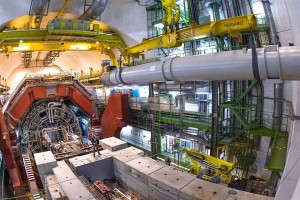
The Large Hadron Collider (LHC) has successfully completed its planned proton run for 2015, delivering the equivalent of about 400 trillion (1012) proton-proton collisions to both the ATLAS (A Toroidal LHC ApparatuS) and CMS (Compact Muon Solenoid) experiments. LHCb (Large Hadron Collider beauty) and ALICE (A Large Ion Collider Experiment) have also enjoyed successful data taking at lower collision rates.







